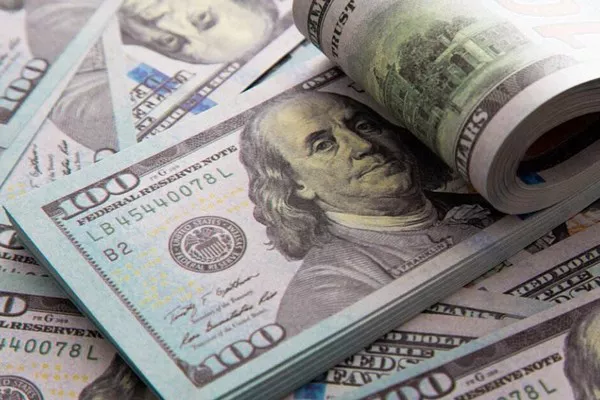The Indian Rupee (INR) extended its decline against the US Dollar (USD) for the third consecutive session on Thursday, as the USD/INR pair gained ground amid a cautious outlook from the US Federal Reserve and escalating cross-border tensions with Pakistan.
The US central bank kept interest rates unchanged at 4.25%–4.50% as anticipated, but its latest policy statement flagged mounting risks tied to both inflation and unemployment. This uncertainty spurred investor caution, bolstering demand for the safe-haven dollar.
Tensions in South Asia have added to the pressure on the rupee. India recently carried out airstrikes on nine locations in Pakistan under “Operation Sindoor,” launched in response to a deadly militant attack on tourists in Indian-administered Kashmir. The operation has triggered intensified artillery exchanges along the volatile Line of Control, further rattling market sentiment.
Domestically, India’s economic indicators reflect a mixed picture. Inflation dropped to a more-than-five-year low in March, significantly undershooting the Reserve Bank of India’s (RBI) 4% midpoint target. Meanwhile, annual GDP growth slowed to 6.5% in the previous fiscal year from 8.2%, prompting the RBI to pivot its focus toward supporting growth.
Despite some softness in the broader US Dollar Index (DXY), which was last seen near 99.70, the greenback remains supported by the Fed’s conservative tone. Fed Chair Jerome Powell emphasized the complications posed by trade tariffs, warning they could obstruct progress on inflation and employment targets into 2025. He signaled a “wait-and-see” approach may dominate future rate decisions.
Market participants are still pricing in the likelihood of a quarter-point rate cut by July, according to CME’s FedWatch Tool.
In a key geopolitical development, US Treasury Secretary Scott Bessent and Trade Representative Jamieson Greer are scheduled to meet Chinese Vice Premier He Lifeng in Geneva this weekend, in the first high-level dialogue since Washington’s tariff moves ignited a global trade row. Beijing has agreed to talks after evaluating the proposals in light of global expectations and national interests.
On the domestic front, the HSBC India Composite PMI printed at 59.7 in April 2025, just shy of the 60.0 flash estimate but above March’s 59.5. The Services PMI was revised slightly down to 58.7 from a preliminary 59.1, yet still marked the 45th straight month of expansion, signaling continued private sector resilience.
Bond markets remain steady, with traders expecting India’s 10-year government bond yield to hover between 6.30% and 6.40%. A decline in yields is being driven by expectations of further policy easing and the RBI’s commitment to maintain surplus liquidity through open market operations (OMOs), according to Reuters.
Technically, the USD/INR pair was last seen near 84.70, testing resistance at the nine-day Exponential Moving Average (EMA). Despite a prevailing bearish channel on the daily chart, a breakout above this level could shift momentum upward, with potential targets at 86.10 and the two-month high of 86.71. However, failure to breach the EMA may see support re-tested around 84.00, with a further decline possibly pushing the pair toward the eight-month low of 83.76.
Related Topics:
- Current USD Exchange Rate: How Much is $100 US in Russia?
- Current USD Exchange Rate: $300 USD in Australian Dollars
- Current USD Exchange Rate: How Much is 500 Dollars to Yen?


